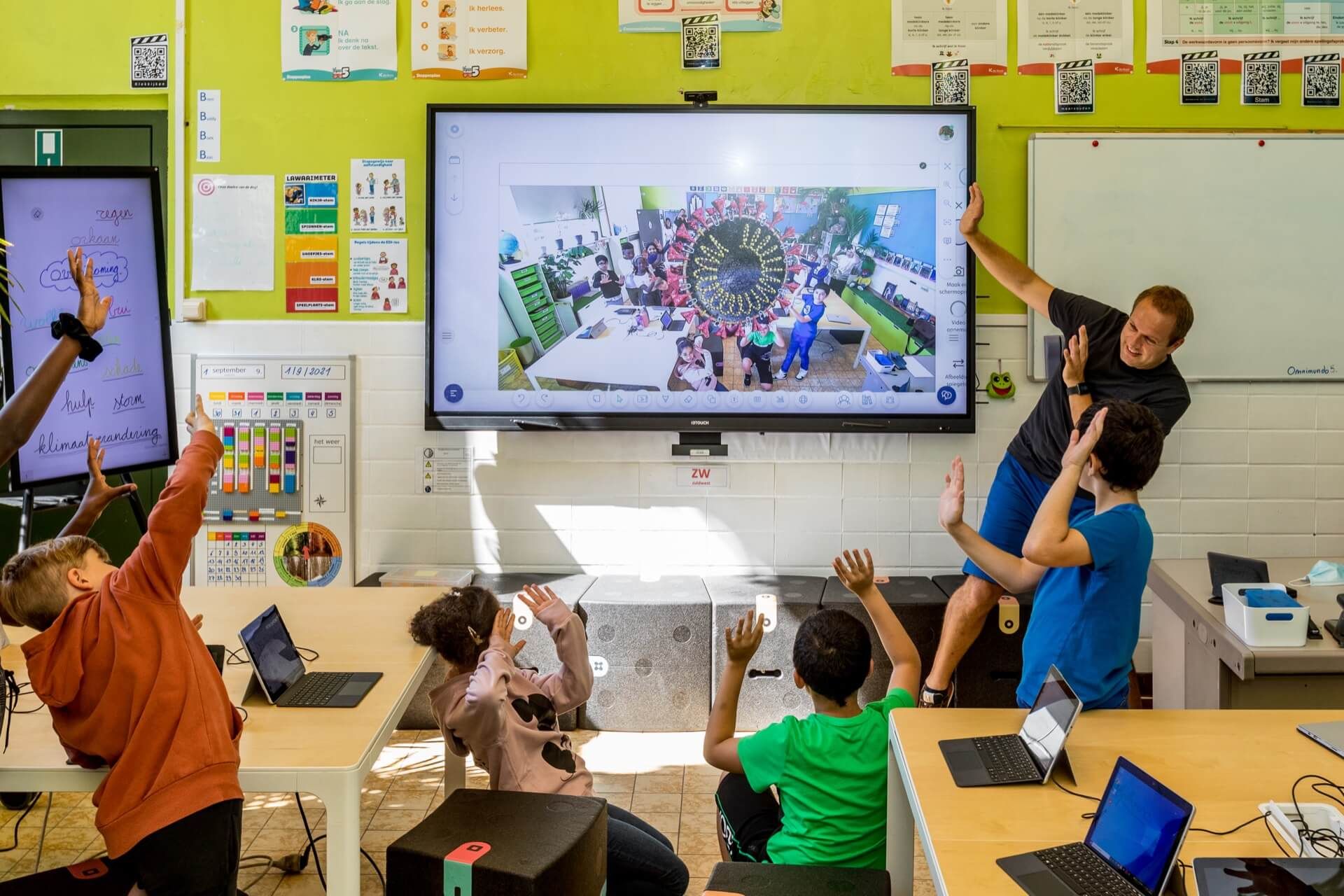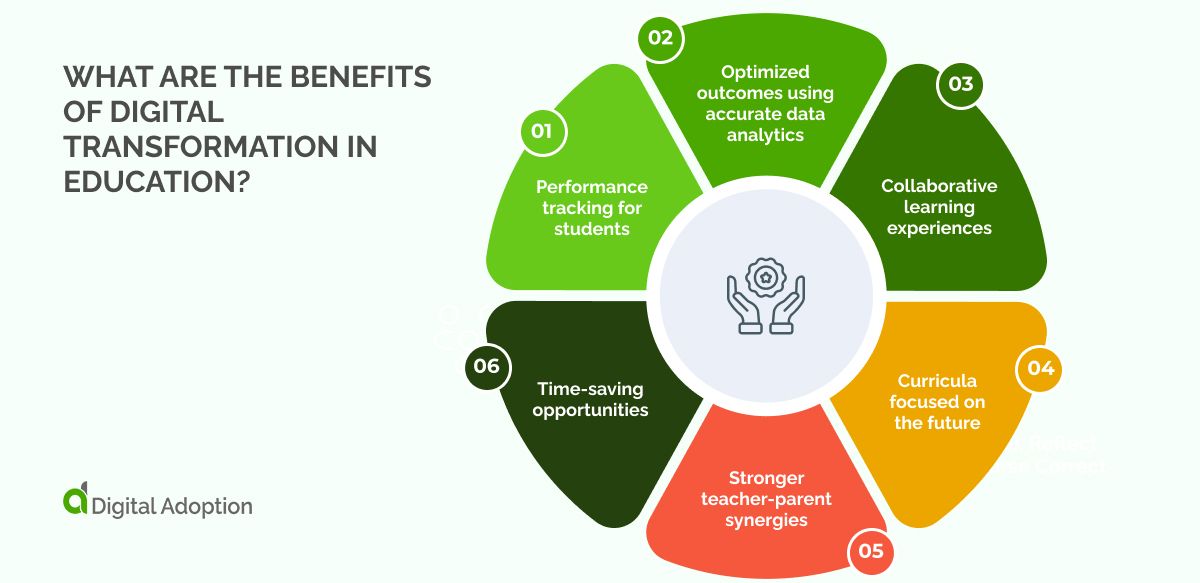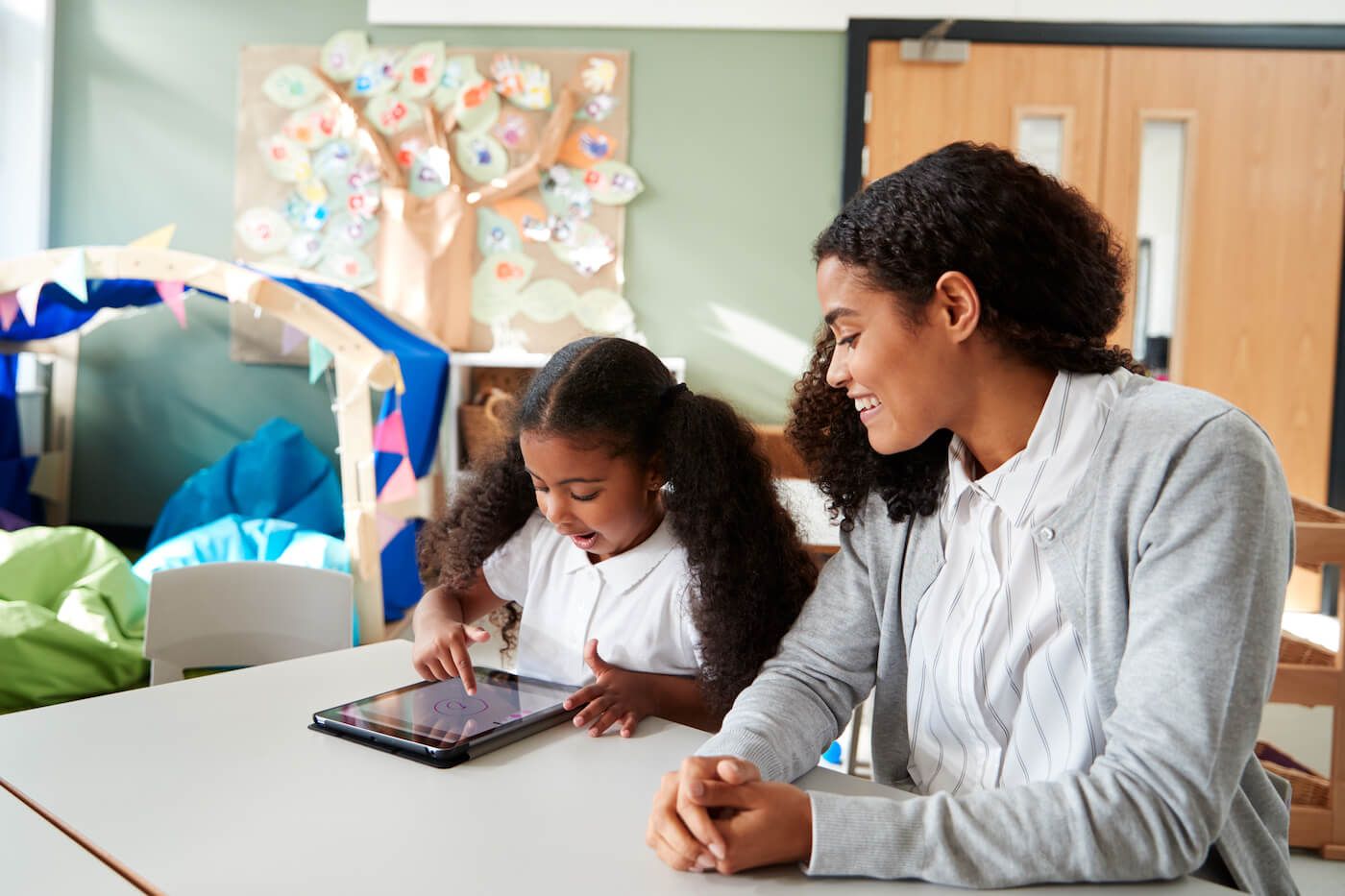Hello
In today's rapidly evolving educational landscape, digital teaching tools have become essential for creating dynamic, inclusive, and engaging learning environments. From interactive platforms and virtual classrooms to AI-driven feedback systems, these tools are reshaping how educators teach and how students learn. By sharing effective practices and exploring current educational trends, we can harness technology to promote quality education, bridge learning gaps, and prepare learners for the future. This topic invites educators and stakeholders to reflect, collaborate, and innovate for meaningful impact in the digital age.

- How have digital teaching tools changed the way you engage with students in the classroom?
- What are the most effective strategies you've used to ensure equal access to digital learning resources?
- In your experience, which digital tools have most successfully encouraged student collaboration and why?


